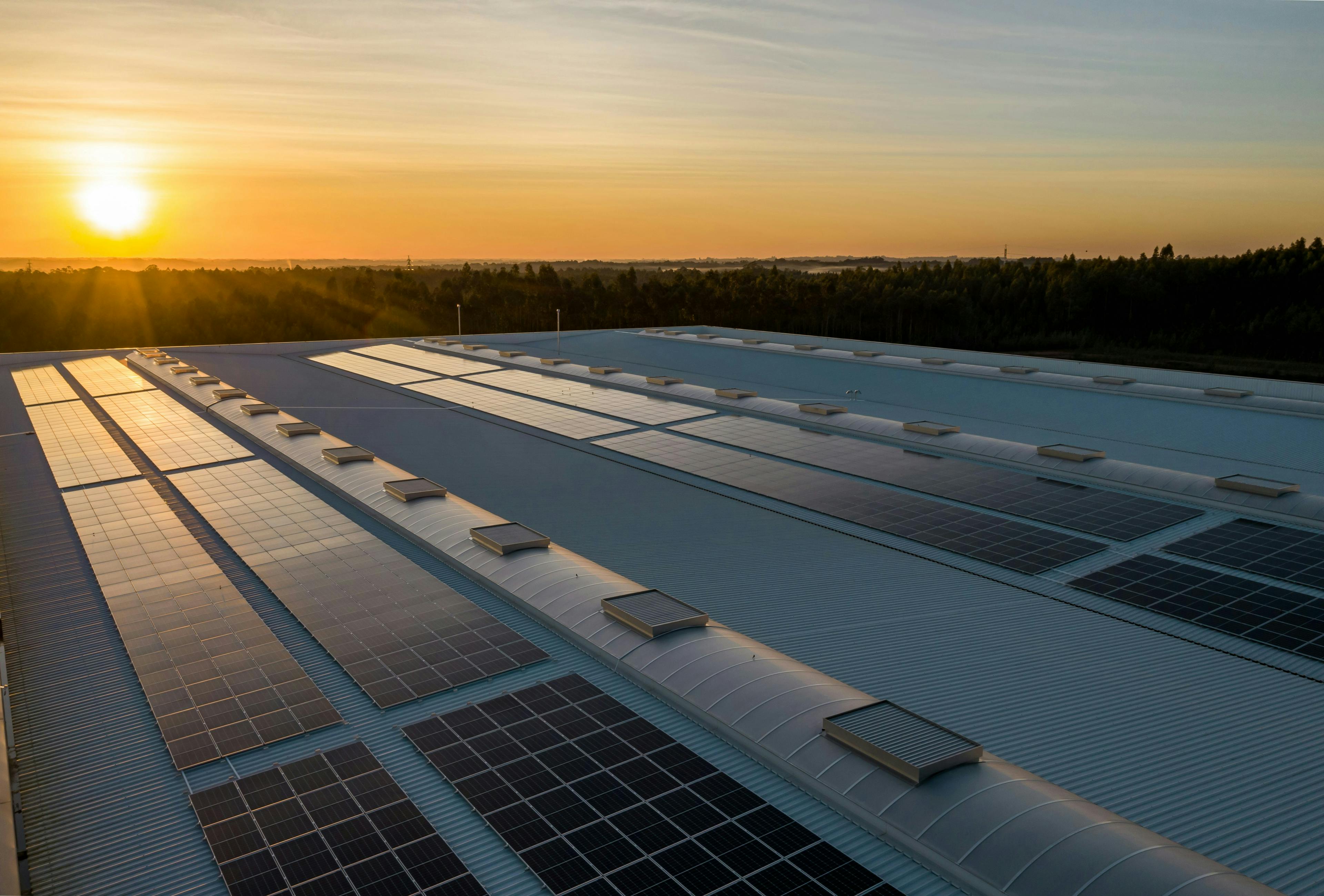
In the current retail and facilities landscape, ‘sustainability’ is hotly discussed. It’s no longer a ‘nice to do’ but a fundamental building block in a robust facilities management strategy. With many consumers aligning their purchasing power with their values, and the added pressures of business overheads increasing, sustainability practices are needing to be more cost-efficient than ever before.
Macro's Patricia Soria, UK & Europe Regional Director, and Kathryn Horton (Proudlock), Retail & Technology Portfolio Director share their thoughts on how they drive for better by balancing sustainability with cost-efficiency for our retail clients.
Patricia: Retail businesses, like many other industries, are restricted by costs. Making business cases for new sustainability initiatives has never been so important; for the immediate and long-term benefits of our clients and the planet. Some initiatives can incur initial costs to implement, but often give long-term benefits. In this economic climate though, some retail businesses can only act in the present.
Kathryn: We’re also seeing some clients’ own customers push for more sustainable practices, but they aren’t necessarily able to afford any subsequent increases in costs. It’s a difficult issue to navigate, but Macro do all we can to find sustainability initiatives for our clients which minimise any costs being passed down to their consumers, or even save them money.
Kathryn: One of the biggest misconceptions is that you have to spend a fortune on the latest technology or innovation for an impactful sustainability strategy. Some of the most powerful actions are the smallest swaps done consistently, accumulating in a big positive impact over time.
A lot of the resistance to sustainability initiatives also often fails to consider the long-term benefits that many become cost-neutral or cost-positive over time. Such as greater energy efficiency, reduced waste, or improved brand loyalty. It’s very much the long-game and doesn’t have to break the bank.
It can also be done at a pace that works for the individual business – it doesn’t have to be all sites, everywhere at the same time. A lot of our sustainability strategies are a gradual roll-out across sites in different regions, prioritising where we can make the biggest impact first.
Patricia: Reducing or eliminating single-use plastics throughout a business, such as in packaging or in cleaning products is a near instant win. There are so many great alternatives on the market now, swaps can easily be made depending on your costs and needs. It can also have a knock-on impact of reducing other costs, such as waste, shipping, or storage.
I’ve noticed a lot of our retail clients swap to digital receipts or reusable store bags. Both of these are quick and easy to implement, with minimal changes to costs.
Kathryn: We’re also advising many of our clients in adopting energy efficient lighting or appliances, which is having a positive impact on their energy costs as well as the environment. Some fashion retail clients are developing their own internal circular economy systems, such as clothing recycling schemes. It’s fantastic to support such creative approaches to reduce the impact on planet.
Kathryn: Waste reduction programmes, sustainable sourcing policies, and energy efficiency improvements are three great places to start. Also engaging in community and social responsibility programmes can enhance a retailer’s sustainability credentials and nurture genuine trust with consumers.
Patricia: It’s no longer important, its essential; ethically and strategically. It ensures competitiveness where consumer expectations for sustainability are driving the market. Setting clear environmentally-focused goals, outlining any investment in technology and committing to defined goals ensures transparency and trust between stakeholders and consumers.
Patricia: Reducing the carbon footprint of a business continues to be a dominant trend. This can be distilled down to regions, individual sites or even assets, with more sustainable options chosen where possible at every stage.
Kathryn: More specifically in facilities management, there’s a big pull towards enhancing the lifespan of an asset by maximising its efficiency. We’re working with all of our clients to produce the most sustainable asset management programmes possible to get the that balance between cost efficiency, productivity, and sustainability. Another example is for a global clothing brand, we’re using smart meters to monitor energy consumption to inform decision-making, with fantastic year on year improvements.
Patricia: Data-driven initiatives is a big trend too. People don’t just want to make change they want to have the reassurance its working and making them the best ROI. For a European client, we use energy management data to reduce CAPEX spend with proactive replacement or repair of assets consuming high amounts of energy. It’s not just change for the sake of it.
Kathryn: I think we’ll continue to see sustainability become more of a mainstream expectation that businesses can’t afford to not meet, or customers will shop elsewhere. We’ll see more innovations, and initiatives such as sustainable packaging, zero-waste practices and circular economy models becoming the norm.
Patricia: We’ll also see regulatory requirements for carbon neutrality and sustainability reporting become more thorough. It’ll push all levels of retail businesses to prove their efficacy and integrity in the integration of sustainability practices, not just lip-service or greenwashing.